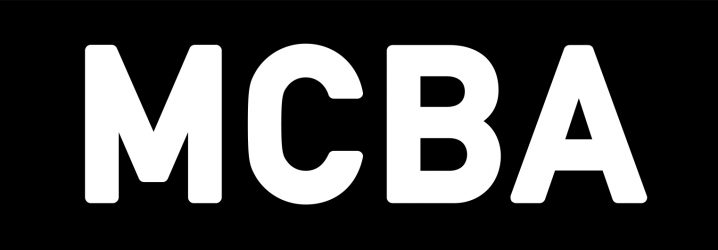Situations
January 26 through April 6, 2008
MCBA continues to “break the bindings” of book arts with Situations, an exhibition of book-inspired installation art. Artists from the Twin Cities and other areas of the country will be presenting site-specific, interactive, conceptual, multimedia and environmental works that defy traditional definitions. With art installed not only in the Star Tribune Gallery but also in other areas of MCBA’s facility,
Situations will create a surprising treasure hunt for visitors to the center.
View a sampling of images from this exhibition. Refresh the page for another sampling, or visit MCBA on Flickr to view the full album.
Artists featured in Situations:
Tim Abel
Alice Austin
Javier Corral
Bart Galle
Jennifer Hibbard
Lin Lacy
Carmen Gutierrez-Bolger and Suzanne Skon
Hand-to-Hand: A Collaboration
Alyssa Baguss
Paula Barkmeier
Sandy Bartel
Lynn Benjamin
Mary Bergs
Kristie Bretzke
Sally Brown
David Collins
Lisa Colwell
Sandra Felemovicius
Georgia A. Greeley
Carolyn G. Halliday
Theresa Handy
Kate Heegaard Hartfiel
Peter L. Johnson
Carrie Kalweit
Diane Katsiaficas
Nicholas Legaros
Paula McCartney
Layl McDill
Nora Lee McGillivray
Jeff Rathermel
Jacqueline Rush Lee
Danielle Smith-Llera
Mary Springer
Jody Winger
Karen Wirth
Tomi McLellan
Donna Gehl Miller
Sally Nystrom
Paula Leiter Pergament
Michele Heather Pollock
Jane Powers
Jeff Rathermel
Kathleen Richert
Herbie Sewell
Susie Sewell
Emily Sheehan
Karen Shimek
Mary Simon-Casati
Carolyn Smith
Kathleen Sovell
Harold Stone
Marilyn Summers-Cool
Lex Thompson
Patricia Van Cleave
Emma Wadsworth
Krista Kelley Walsh
What makes a book a book?
This is a question I am often asked — usually by viewers/readers confronted with book art that deviates from the standard codex format. My reply is both broad and inclusive. A book, at its most basic level, may be defined as a contained narrative expressed with regard to sequence. This definition incorporates three important elements. First, books, like other art forms, are communication devices, and artists’ books, like other works of art, require content. They must convey a point of view, articulate a message or present a story. This narrative can be expressed through text, visual imagery, materials, or simply through the form itself.
Second, books are contained objects. The narrative content of a traditional book is contained between two covers. Books with unbound pages contained in boxes are a natural extension of this concept. Taking the concept further, “pages” may be patchwork elements unified in a quilt-like form or hanging tablets suspended on a common rod. Some containers are literal and physical while others are metaphorical and conceptual. Their purpose, however, is similar: to delineate the space in which a book exists.
Finally, books involve sequence — a powerful element that makes the creation of artists’ books more akin to filmmaking than to painting and sculpture. Sequence may be imposed by an artist by binding pages in a set order or left to be defined by the viewer/reader, as in the case of a boxed set of cards. The concept of sequence involves time, movement, process, story line, visual flow, juxtaposition, perception, referral, memory and a host of other physical and mental responses that arise as we discover new things and make associations in our minds. Through the use of order, randomness, or a combination of the two, book artists are able to express ideas that unfold and evolve.
What makes an installation book-related?
Using the definition outlined above — that a book is a contained narrative expressed with regard to sequence — the bookishness of work presented in this exhibition is more evident. All works have content: they tell a story, express an idea, or speak of art tradition. Each has a narrative to be interpreted by viewers/readers.
Each work is contained, either physically or allegorically. Whether elements are “bound” by a set of ceiling rafters or unified in a bowl, the space of each piece is defined. Drawers become pages, cabinets function as covers, pins serve to bind and walls evolve into spines.
Last, sequence is expressed in each work, either physically or conceptually. In some, a shape is formed through the ordering of elements. In others, viewers/readers interact with a variety of objects in an order they initiate. In still others, the concept of a sequence involves the physical movement of the viewer/reader. Perceptions change as a work is approached and investigated from various angles and distances. In effect, page-turning becomes a full-body action.
It is my hope that the work presented in Situations engages visitors and illustrates a variety of creative possibilities. No other art form is as varied in its physical execution as the artists’ book. This exhibition offers a wealth of new interpretations and a series of unique investigations.
Jeff Rathermel, MCBA Artistic Director








